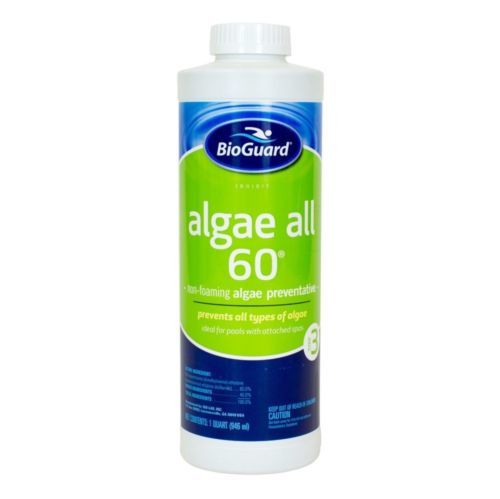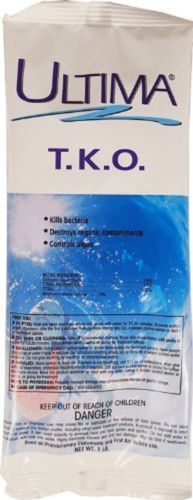Published by E-Z Test Pool Supplies on 04/23/2019
It's Time to Open Your Pool
Pool season is upon us. As we transition into spring, the temperature will stop fluctuating and those pools will start to open as we inch closer to Memorial Day and the unofficial start to summer. As part of the pool opening process, getting your pool water to where it needs to be is very important. It’s imperative that you use the correct chemicals to neutralize bacteria, oxidize particles, kill bacteria, and restore water clarity so that you can enjoy your pool safely.
Step 1: Algaecide
An algaecide is a very effective first step in starting the pool opening process. It is a chemical treatment specifically constructed to kill algae and prevent further growth. You may ask “doesn’t chlorine prevent algae growth?” and the answer would be it strongly discourages algae growth, but other things like sunlight, pH, mineral content, temperature of the water, debris, and even people can introduce algae to pool water. Proper selection and use of algaecides plays a large role in getting your pool to its best shape.

There are two types of algaecide, metallic and ammonia. The most effective products will contain at least 30% active ingredient of either metal or ammonia. Cleaning filters, checking chemical levels, and shocking the pool help the algaecide work to the best of its ability. Once the treatment has been applied, it is suggested you vacuum the dead algae. Using algaecides regularly help with things like reducing the chlorine use, prolonging the water filtration system’s life, as well as just keeping the pool safe. Following package directions or working with a professional are both strongly recommended.
Step 2: Shock
The second part of this process is the use of shock. “Shocking” the pool means getting the chlorine level to at least 3.0 parts per million. Pool shock is an oxidizer and helps to remove chloramines, which are combined chlorine molecules. A pool is shocked after contamination, heavy pool use, and for removal of algae. An important note is you can see the algae and test for chloramines, but bacteria and other pathogens are invisible. It is because of this that many pool owners shock the pool every 3-4 weeks, even though the water may be clear and clean, just to be sure it’s disinfected and sanitary. For algaecides, our team here at E-Z Test Pool Supplies suggests BioGuard Algaecide or Jonas Algaecide

How much shock to use depends on the amount of water being used in your pool. This number can vary slightly, feel free to consult a pool volume calculator to help determine size. Typically the ratio is 1 pound of shock per 10,000 gallons of water, but consult the packaging for instructions. For chloramine removal shock the pool for a level of free chlorine that is 10 to 20 times the amount of measured chloramines. For algae removal, a target level is 30 ppm, but this can vary. You can also consult the label or give us a call for the correct amount of pool shock to be used to reach a certain level.
What if my water is clear?
If the water is relatively clear upon opening your pool, you should still test for chlorine, pH, alkalinity, and stabilizer. The pump should also run for at least 24 hours, use a pool vacuum, and retest the water. These activities will help determine a plan of action to get your pool ready for summer. If the pool water is visibly green than there may be additional steps to take. If your pool was winterized it went through a very similar process, which should then be repeated as you prepare for pool season.
For pool shock we suggest SOS shock or TKO shock . These products all have specific instructions for use that we would be happy to advise you on.






